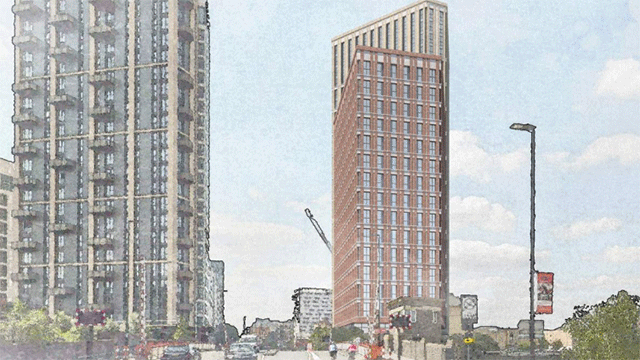BUDGET 2017: Directly referring to the capital and its housebuilders in his Budget speech, Philip Hammond stated: “In London alone, there are 270,000 residential planning permissions unbuilt.
“We need to understand why. So I am establishing an urgent review to look at the gap between planning permissions and housing starts.”
The review will be chaired by Oliver Letwin, MP for West Dorest, with a report due in time for the Spring Statement next year.
Hammond said if the report reveals land is being withheld due to commercial rather than technical reasons “we will intervene to change the incentives to ensure such land is brought forward for development, using direct intervention and compulsory purchase powers as necessary.”
Do the numbers mentioned by the chancellor stack up? And, crucially, do developers landbank or is this just a red herring by the government to appear to be doing something for the masses?
Looking at EG data, the 270,000 figure looks correct. London Residential Research data has around 250,000 homes at year-end 2016 lying in a state of permission but yet to start. These, however, are from schemes of 10 units or more.
As the graph shows, London’s pipeline of consented homes has continued to grow year on year, reaching an all-time high last year.
Across 2016, a total of 37,226 homes started construction, however marginally more homes were also granted consent.
It’s important to note that most of the long-standing consents are held up within mega projects.
Barking Riverside and Greenwich Peninsula are both essentially new towns of more than 10,000 new homes. Brent Cross Cricklewood will provide another 7,500 homes.
Others such as Kidbrooke Village, Woolwich Arsenal and Woodberry Down are around 5,000 homes in size, and will build around 200-300 units per annum.
These mega schemes will take around 20-25 years to complete.
The private sector, with shareholders to appease, has no duty to build at a faster rate to satisfy a government target.
Some may call it “drip-feeding” in order to keep sales values high. It is simply how the market works.
Unlike strategic land players across the country who are more likely to gain consent and then split sites up to increase delivery, London’s larger schemes are often held by housebuilders and in single ownership.
A marked difference between some boroughs
The map/graph below shows the difference between each London borough in the average time it takes for schemes to go from planning consent to starting construction.
The date of permission is when each individual scheme is either granted consent at committee or delegated decision, depending on its size.
The formal agreement and the signing of the S106, as well as details pursuant, will also need to be ratified, meaning the eventual start date can often take some time.
To send feedback e-mail paul.wellman@egi.co.uk or tweet @paulwellman eg or @estatesgazette











